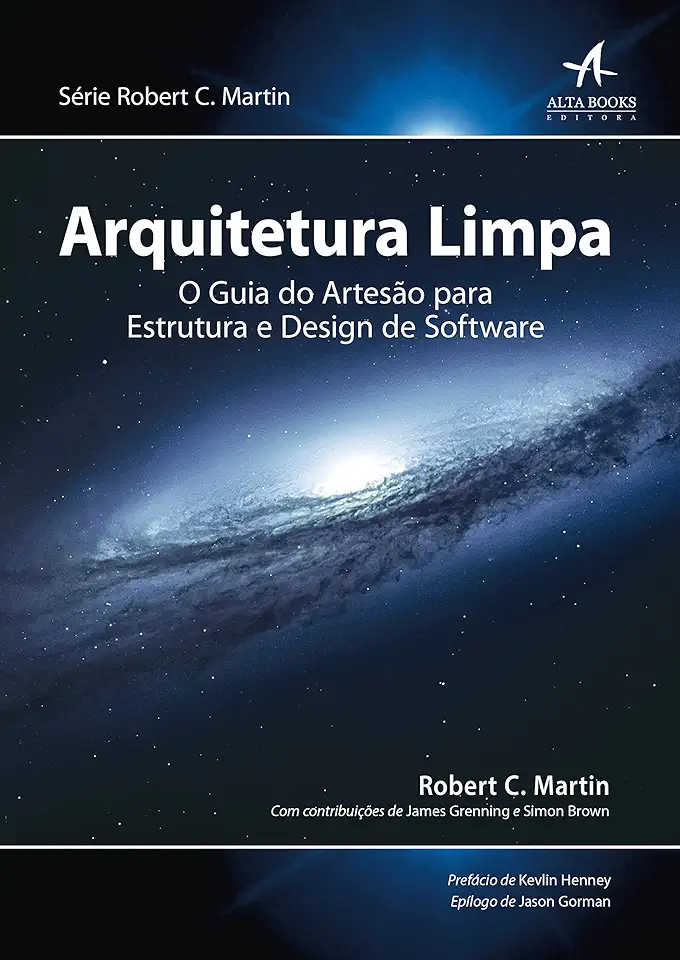
Clean Architecture: A Craftsman's Guide to Software Structure and Design - MARTIN, ROBERT C.
Clean Architecture: A Craftsman's Guide to Software Structure and Design
In the ever-evolving world of software development, achieving maintainable, scalable, and flexible systems is a constant challenge. Robert C. Martin's groundbreaking book, "Clean Architecture: A Craftsman's Guide to Software Structure and Design," provides a comprehensive roadmap to mastering these complexities. With over 1500 insightful pages, Martin delves into the intricacies of software architecture, offering practical guidance and proven techniques to create software that stands the test of time.
Unveiling the Essence of Clean Architecture
At the heart of "Clean Architecture" lies the concept of separation of concerns. Martin argues that by segregating the various components of a software system into distinct layers, developers can achieve greater clarity, maintainability, and testability. This architectural approach revolves around the idea of placing business logic at the core, surrounded by layers of infrastructure and user interface code.
Embracing the Power of Dependency Inversion
Central to Martin's architectural philosophy is the principle of dependency inversion. This concept emphasizes the importance of decoupling high-level modules from low-level details. By inverting dependencies, developers can ensure that high-level modules remain independent of the implementation details of low-level modules, leading to increased flexibility and extensibility.
Mastering the Art of Hexagonal Architecture
"Clean Architecture" introduces the concept of hexagonal architecture, a specific implementation of the dependency inversion principle. Hexagonal architecture organizes the system into hexagonal layers, with the business logic at the center and the infrastructure and user interface layers surrounding it. This structure promotes loose coupling and facilitates the development of testable and maintainable software.
Exploring the Benefits of Clean Architecture
Adopting the principles of clean architecture brings forth a multitude of benefits for software development teams. These include:
Enhanced maintainability: Clean architecture simplifies the process of making changes to the software, reducing the risk of introducing bugs and improving overall code quality.
Increased testability: The separation of concerns and loose coupling inherent in clean architecture make it easier to write comprehensive and effective tests, ensuring the reliability of the software.
Improved scalability: Clean architecture enables software systems to scale effortlessly, accommodating growing user bases and evolving requirements without compromising performance or stability.
Greater flexibility: Clean architecture allows for seamless integration of new features and technologies, empowering developers to adapt to changing business needs and market trends.
Embark on the Journey to Software Excellence
"Clean Architecture: A Craftsman's Guide to Software Structure and Design" is an indispensable resource for software architects, developers, and anyone passionate about crafting high-quality software. With its wealth of knowledge, practical insights, and proven techniques, this book serves as a guiding light in the pursuit of software excellence. Embrace the principles of clean architecture and unlock the potential of your software development endeavors.